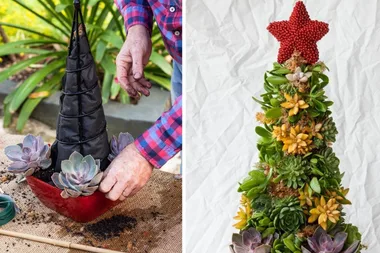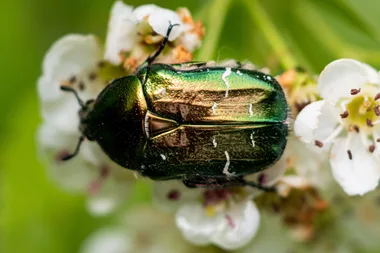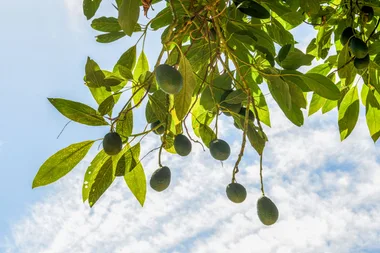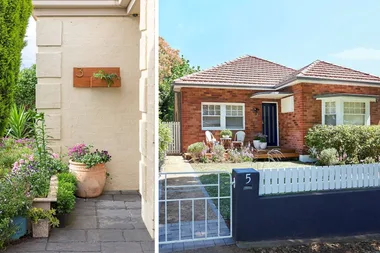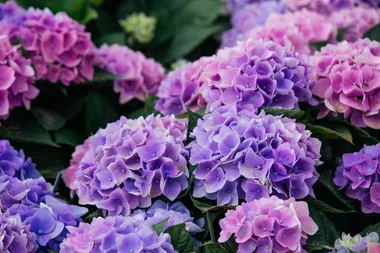Azaleas are hard to beat when it comes to converting barren ground into a mass of blooms. If you set these gorgeous flowers in the right conditions, they require little ongoing care.
WATCH: Graham Ross’s tips on planting, feeding and fertilizing azaleas
The foliage of azaleas is thick and leathery in appearance, often deep green in colour and extremely luscious. Got a little time? They look wonderful as low hedges – in Japanese gardens they are often pruned into perfectly rounded buns.
Azaleas belong to the rhododendron family, but they are relatively small in size compared to other tree-like members of the genus. Grown in a temperate climate, azaleas tend to bloom from late winter to spring but are also suited to sub-tropical regions.

How to grow
Aspect
Plant in an area of semi-shade – the dappled shade beneath open-branched trees is a favourite location. Azaleas will grow in more open situations, and they prefer the morning sun. However, deciduous azaleas will grow in full sun in cooler areas.
Climate
Deciduous forms will often flower successfully in cold climate zones. On the other hand, evergreen azaleas can be grown in both cool and warm temperate climates.
Soil
A well-drained, mildly acidic, organically enriched soil (pH 5-6) is required, so avoid applying lime or fresh manures. Before planting, feed soil with compost and aged manure to improve moisture retention.
Water
Regular watering two to three times per week is a must throughout the hotter summer months. However, during the cooler months, a thorough soaking once a week should be sufficient.
Fertiliser
Feed azaleas every spring after their flowers have finished, with either a pelletised organic plant food or a slow-release granular fertiliser. Follow this with a layer of organic mulch to reduce soil evaporation and to reduce their water requirements. As with all garden shrubs, a second fertilising during autumn is recommended to encourage strong, healthy, well-nourished plants.
Maintenance
You can prune Azaleas to remove unwanted, diseased, or damaged growth and shape them after flowering. In fact, they respond very well to pruning, so they’re perfect for growing as hedges or trimming into standards. If you want tall-growing azaleas to stay compact, prune them back by about one-third after flowering.
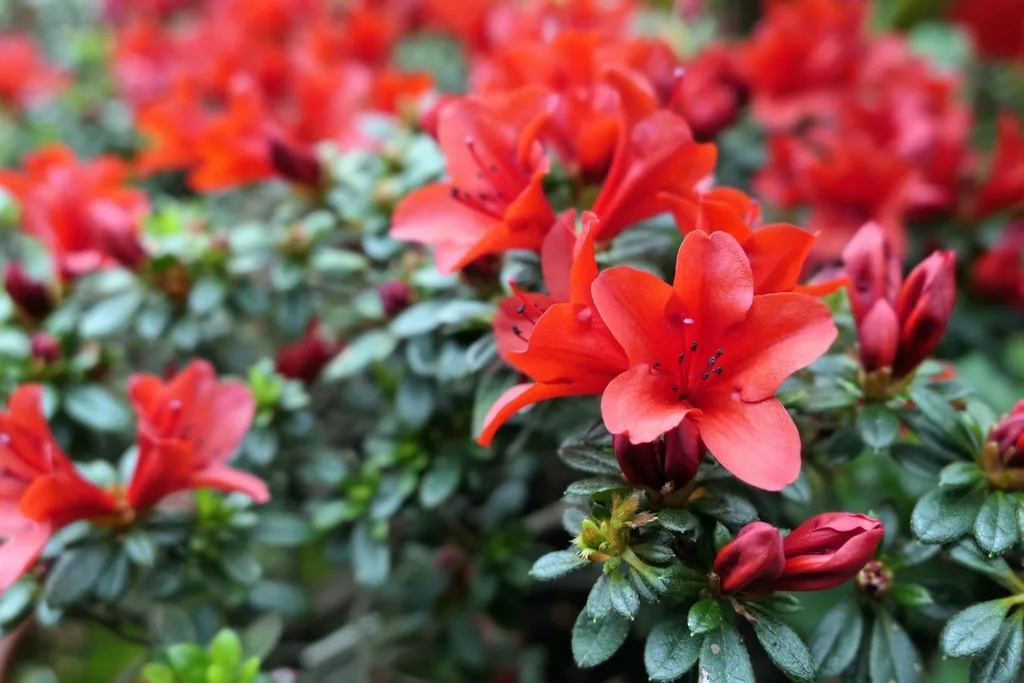
Where to plant azaleas in your garden
Azaleas are surface-rooting plants, so they don’t need very deep soil to thrive – about 30-40cm is adequate. Plant your azaleas in semi-shaded positions, ideally under a tree, as this results in better quality flowers and a longer flowering period. Dew or frost can burn or fade the flowers, so keep that in mind when finding a spot in your front garden or backyard.
How to grow azaleas in pots
When growing azaleas in pots and containers, always use a premium standard potting mix to keep them well watered throughout summer. It’s essential with new plants to tease the roots out gently before planting, to help them establish well in the garden. After positioning in the hole, backfill, mulch and water well with a seaweed solution.
However, don’t plant azaleas in cement pots or near new brickwork as the lime from the pot or mortar can leach into the soil, making it alkaline.
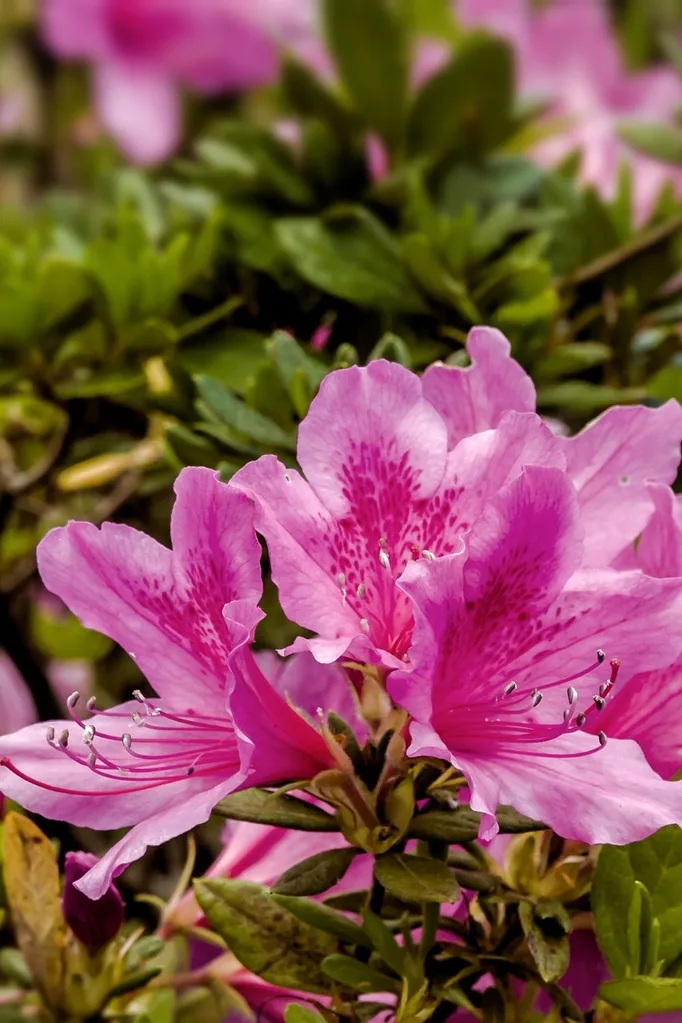
For more information, head to thebraesgarden.com
You may also like:
